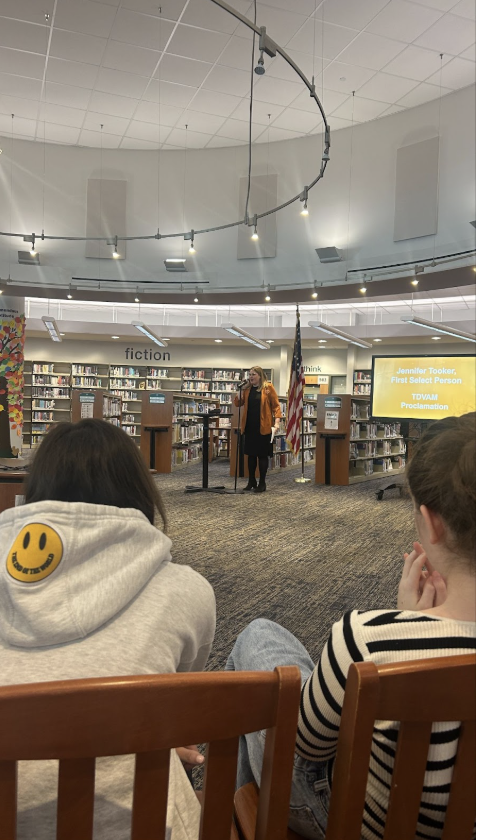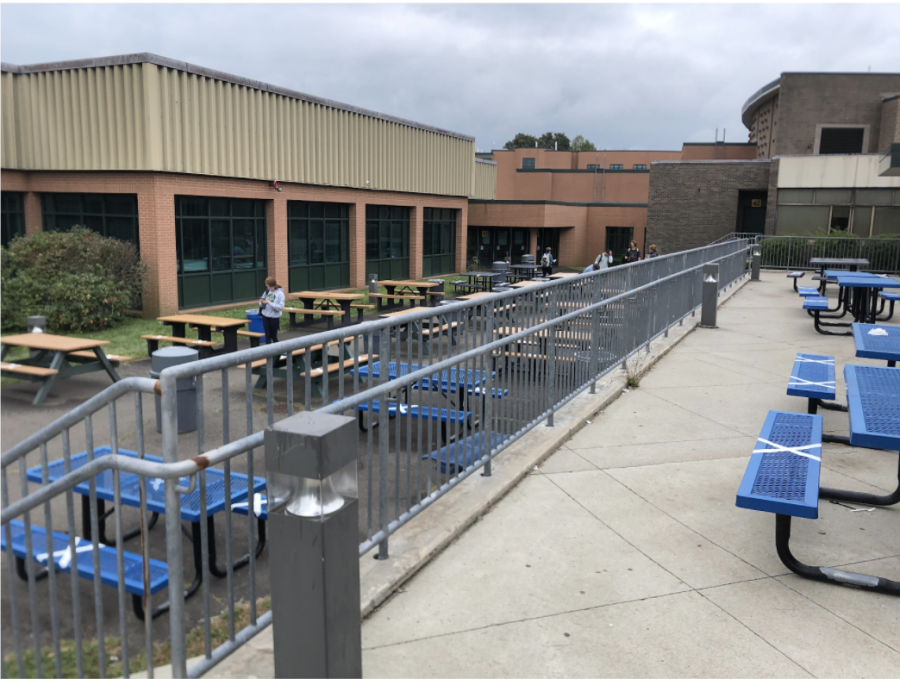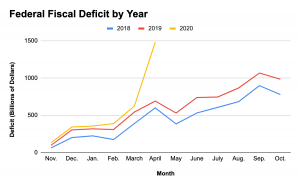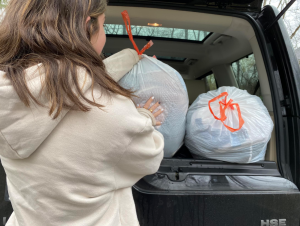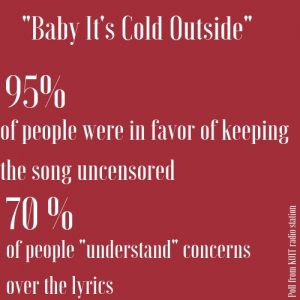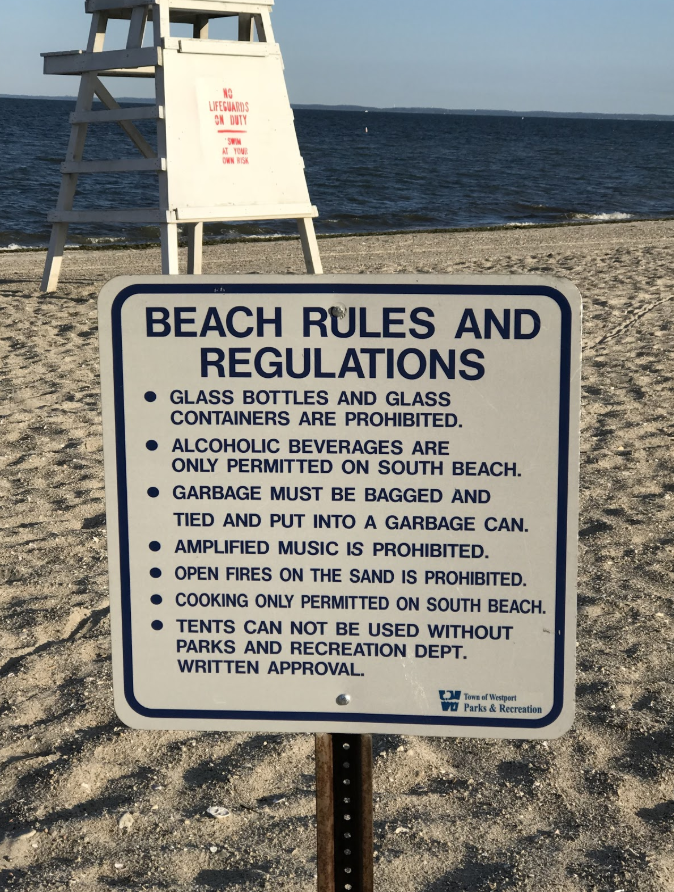Outdoor seating offers safe environment for students to interact during lunch
This is the setup for the outdoor seating tables at Staples High School.
Large, white X’s mark the spots at every table, allowing only three people to sit together at a time. As students sit down for lunch, they sigh with relief as they tear off their masks for the first time in hours. Hand sanitizer is casually passed around. A year ago, it would have been hard to imagine this as the reality of the new “COVID” cafeteria.
Outdoor seating is a controversial topic. The question of whether or not outdoor activities are safe and effective in reducing the risk of infection continues to divide people.
As long as school policies and guidelines are followed, outdoor seating during lunch is the best option to avoid the transmission of COVID -19, while also enjoying time with friends.
Sitting outside decreases the amount of shared air between people and allows for improved ventilation as compared to indoor seating, according to MayoClinic.org.
“Breezes in the open air help to whisk away infectious droplets very quickly, and if it’s warm and sunny, the risk of surface transmission would decrease—higher temperatures kill the virus more quickly,” Amesh A. Adalja MD, senior scholar at the Johns Hopkins Center for Health Security in Maryland, tells “Health”.
The coronavirus spreads by respiratory droplets released into the air through talking, coughing and sneezing. Fresh outdoor air is constantly moving these droplets away, making it less likely to breathe in infectious particles. In addition, higher temperatures can help quell the virus and the potential of surface transmission on tables. These factors make spending time outside optimal, especially for students.
In addition to being outside, distancing measures have also been established as further precaution. Unfortunately, I personally have seen students disregard this rule, with multiple people sitting at one table. Stronger enforcement of physical distancing policies at the outdoor lunch tables would quickly resolve this issue.
“The recommendation is to be 3 to 6 feet away from other people, and to preferably be outside,” Thomas Jaenisch, PhD, an epidemiologist and associate professor at the Colorado School of Public Health tells “Healthline.” “If you’re in a closed room and have a meeting for an hour, that’s a different story.”
Connecticut, specifically, experienced a major outbreak of the virus in early 2020. Social distancing measures helped to flatten the curve. This demonstrates the significance of maintaining distance with others.
As we continue to deal with a highly infectious disease like COVID-19, there is potential for risk in all activities. As no perfect solution to this crisis currently exists, outdoor seating, if properly enforced, is the best option for students to take on very little risk while still being able to socialize with friends.















